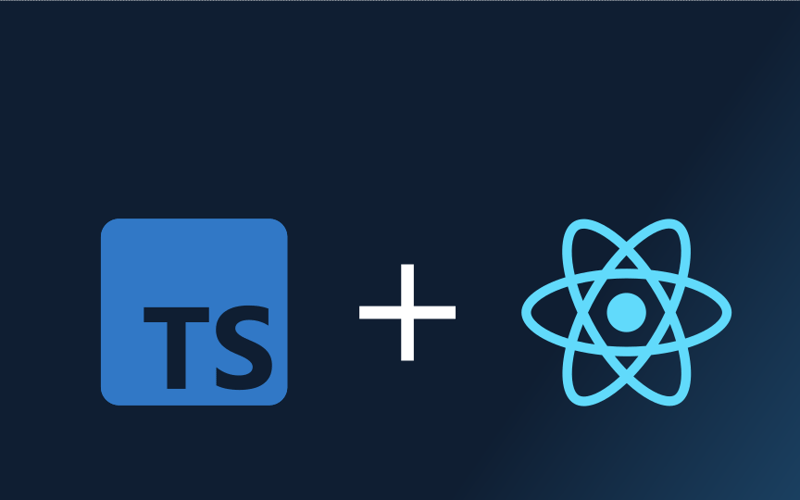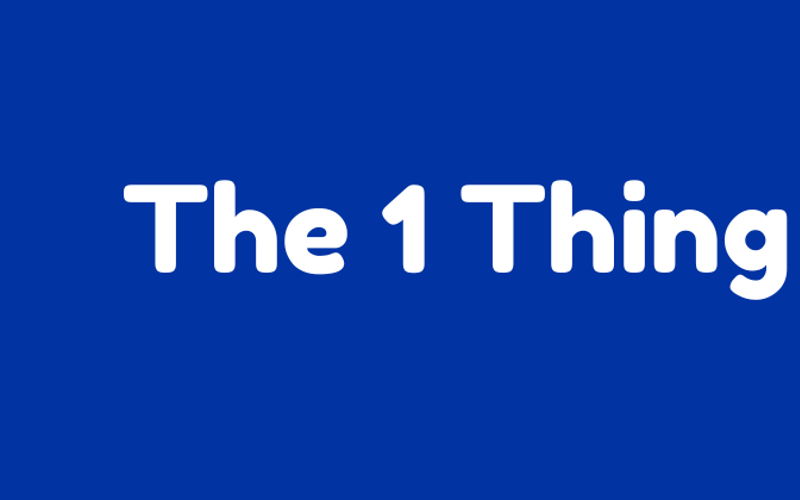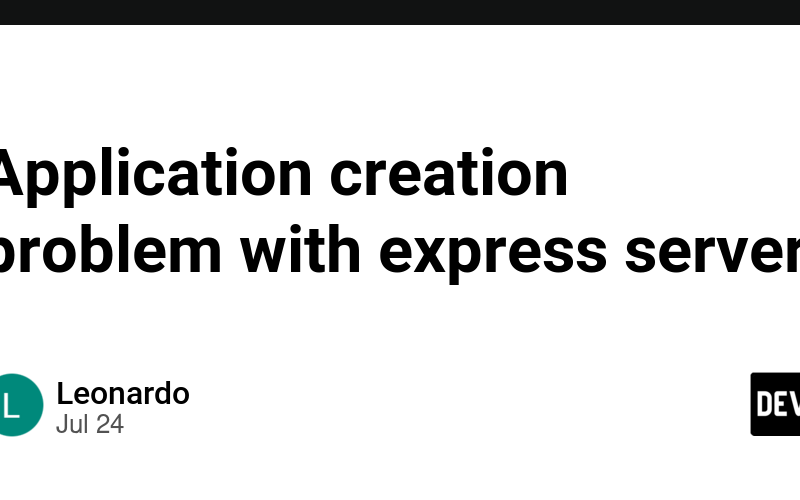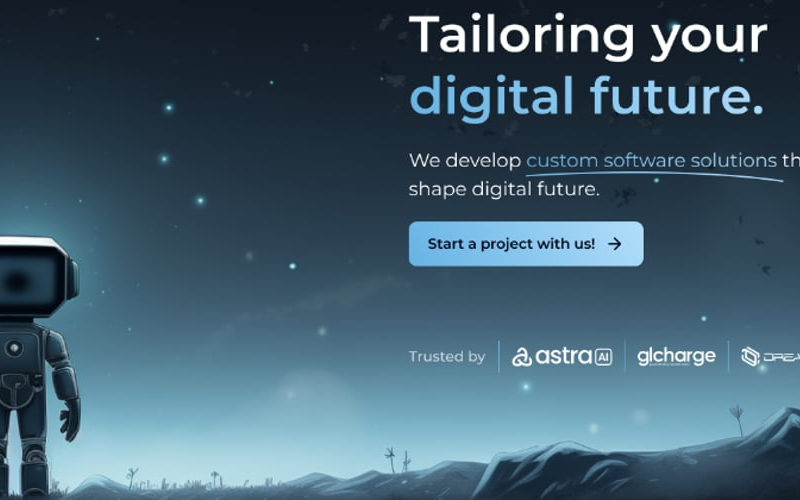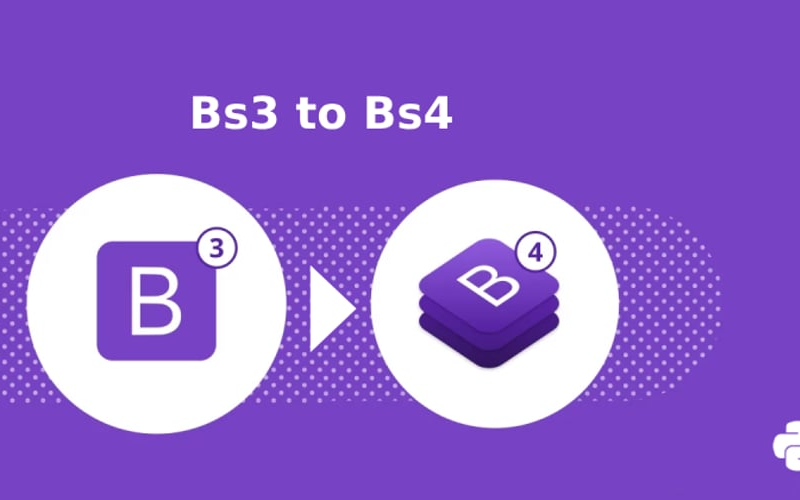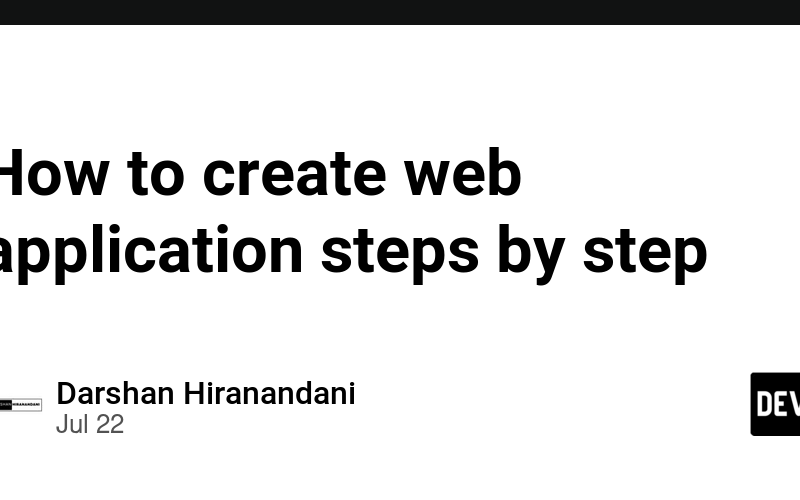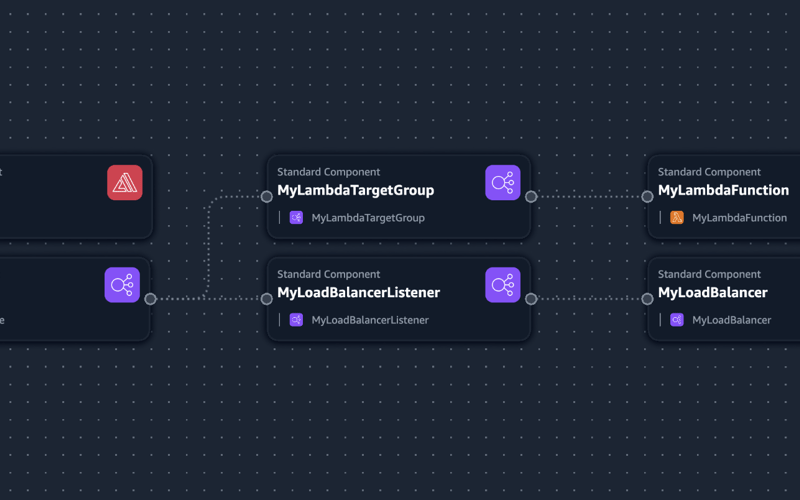25
Jul
Are you looking to level up your web development game? The dynamic duo of TypeScript and React might just be your secret weapon. As we navigate the ever-evolving landscape of modern web development in 2024, this powerful combination continues to shine. Let's dive into the top 10 reasons why pairing TypeScript with React can supercharge your development process and lead to outstanding project results. 1. Rock-Solid Type Safety: Your Shield Against Bugs Picture this: You're knee-deep in code, and suddenly, TypeScript catches a sneaky type mismatch that would have caused a headache-inducing bug later. That's the magic of type safety!…

